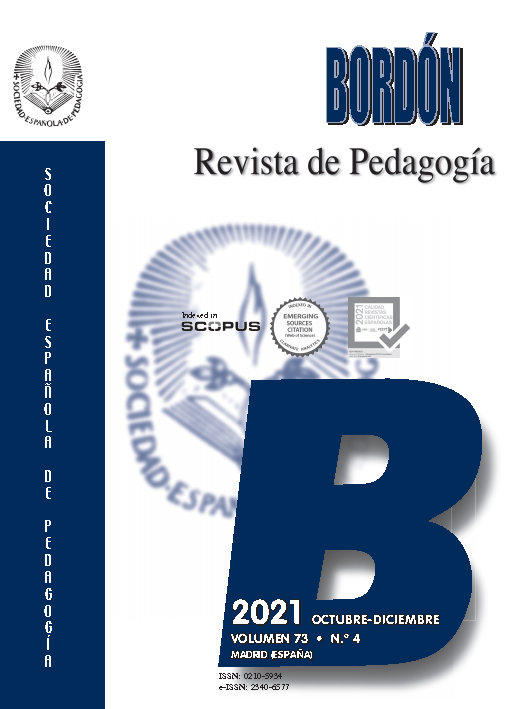El uso de EdPuzzle para el aprendizaje de factorización polinómica en educación secundaria
Contenido principal del artículo
Resumen
INTRODUCCIÓN. Uno de los principales objetivos de la educación matemática es motivar al estudiantado ya que su interés por las matemáticas es muy bajo en muchos casos y, en otros, incluso nulo. El uso de diferentes tecnologías ha crecido bastante en las últimas décadas y varios autores en el área han demostrado su eficacia en el aula. Además, el uso de diferentes tecnologías de la información y la comunicación, que los estudiantes pueden utilizar en sus propias casas, también está creciendo. MÉTODO. En este estudio se presenta el uso de la aplicación EdPuzzle, bajo el paradigma de la metodología Flip Learning en el tercer curso de educación secundaria para el aprendizaje de la factorización polinomial en una escuela de España en dos cursos diferentes, impartidos por la misma profesora. Para llevar a cabo la experiencia, se han tomado las calificaciones promedio de dos exámenes, el primero de polinomios y sus propiedades, utilizado como pretest, ya que tiene los principales conceptos básicos que el alumnado debe conocer antes de continuar, y otro relacionado con la factorización polinómica, utilizado como postest, y se han comparado las calificaciones obtenidas por el grupo que utilizó EdPuzzle con las que no lo utilizó. RESULTADOS. La comparación de ambos grupos muestra que las calificaciones en el postest son significativamente mayores en el grupo que utilizó EdPuzzle. DISCUSIÓN. El tamaño del efecto de Cohen obtenido fue muy cercano a medio y los resultados de la encuesta de satisfacción fueron positivos, aspectos que hacen de EdPuzzle una herramienta que considerar para el proceso de enseñanzaaprendizaje en matemáticas.

